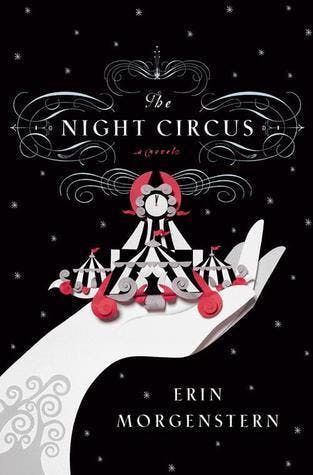The Shadow of the Wind Summary
Key Takeaways
- The power of literature to influence and alter lives is a central theme.
- Mysteries of the past can have profound impacts on the present and need to be resolved to find peace.
- The enduring impact of historical events on personal and collective memory.
- The intricate dance between love, loss, and redemption in shaping human experiences.
- The blurred lines between reality and fiction often lead to profound self-discovery.
🌿 ReflectBay
Overthinking again?
You're not too much. You're just overwhelmed and it's okay. We help you untangle the noise and feel calmer.
We'll help you...
Summary
In the gloomy, post-war Barcelona of the 1940s, young Daniel Sempere is taken by his father to a secret labyrinth called the Cemetery of Forgotten Books, where he selects 'The Shadow of the Wind' by Julián Carax. This choice draws Daniel into a deep and complex mystery that spans decades.
As Daniel grows, his fate becomes entwined with that of Carax, the enigmatic author whose books are being systematically destroyed by a mysterious figure. The pursuit to uncover the truth about Carax’s life introduces Daniel to a cast of characters each with their own tragic and romantic tales, mirroring the gothic elements of Carax’s novels.
The atmospheric setting of Barcelona serves as a backdrop to the thrilling narrative, filled with twists and turns, that explores themes of love, vengeance, and redemption. Daniel's journey is as much about solving the mystery as it is about coming of age in a city scarred by its past.
The resolution reveals shocking truths about family, friendship, and the impact of history on personal lives. Zafón masterfully ties multiple plot threads to a poignant finale that honors the power of books to provide solace and escape, as well as to confront the darker aspects of our nature.
Also recommended

The Night Circus
Erin Morgenstern
Ready Player One
Ernest Cline
